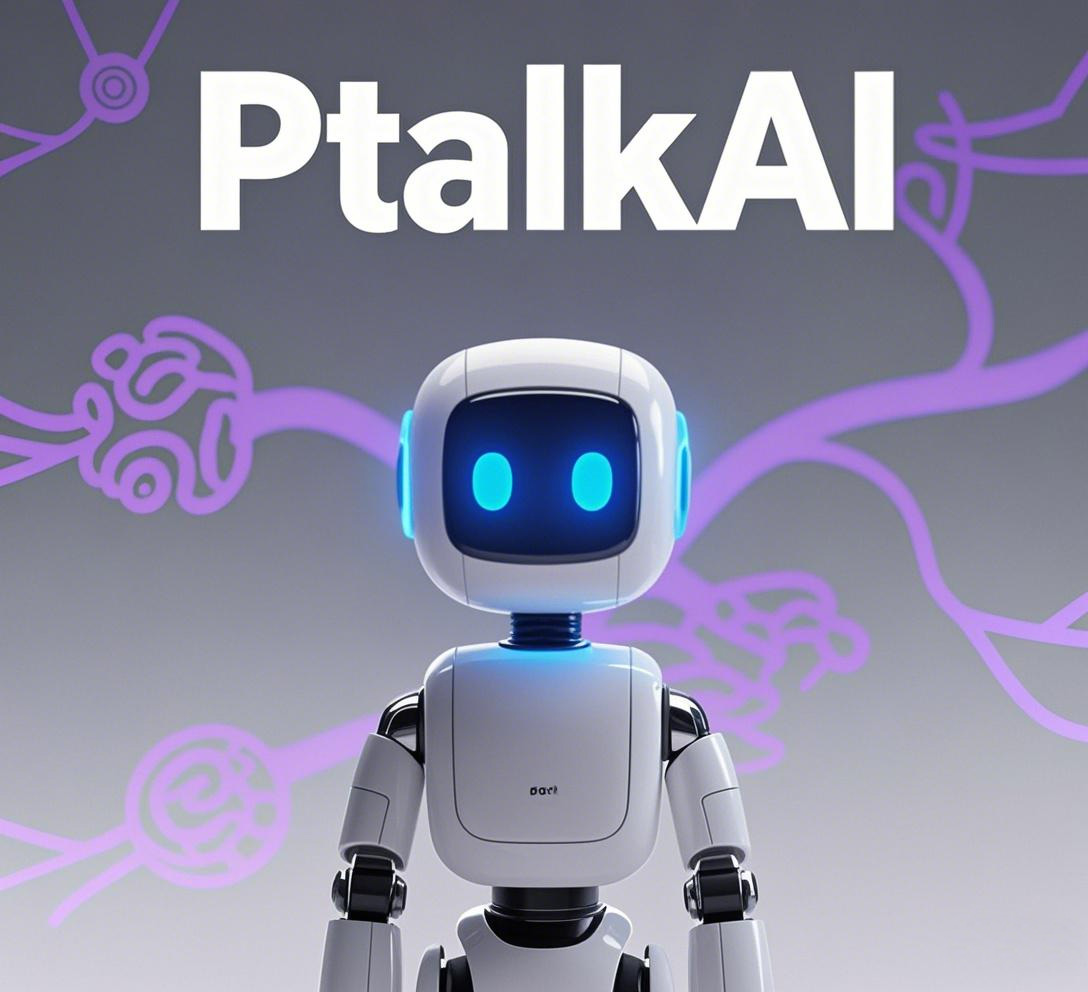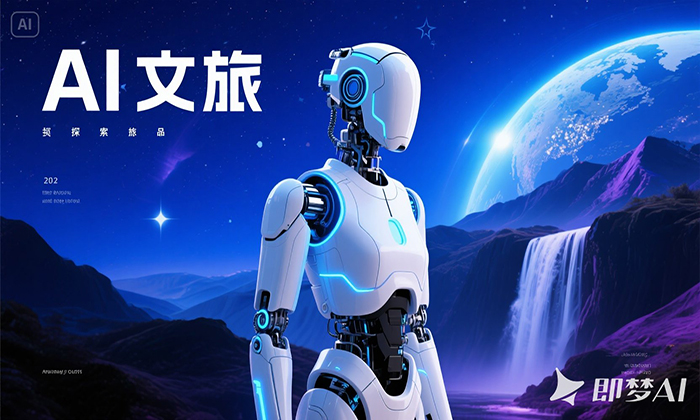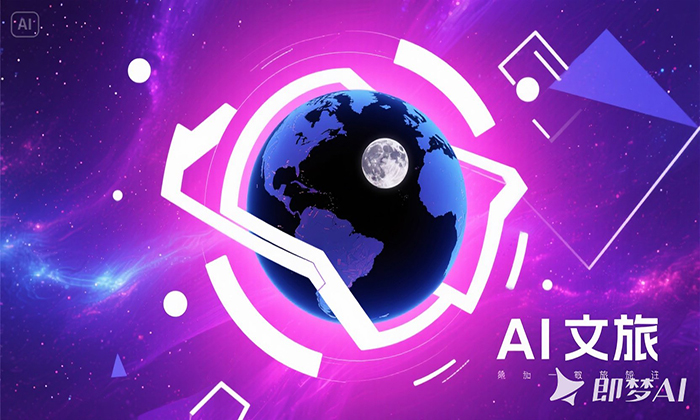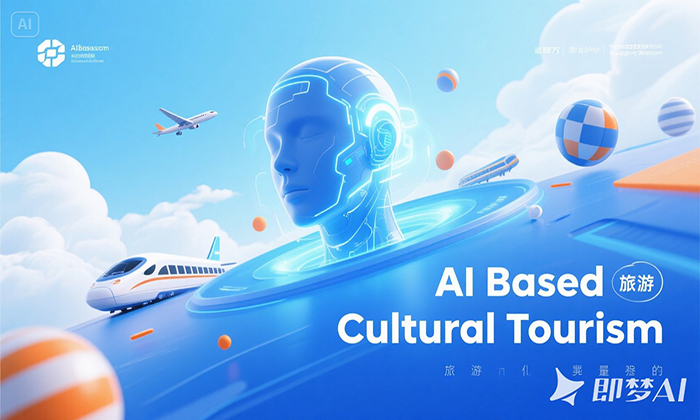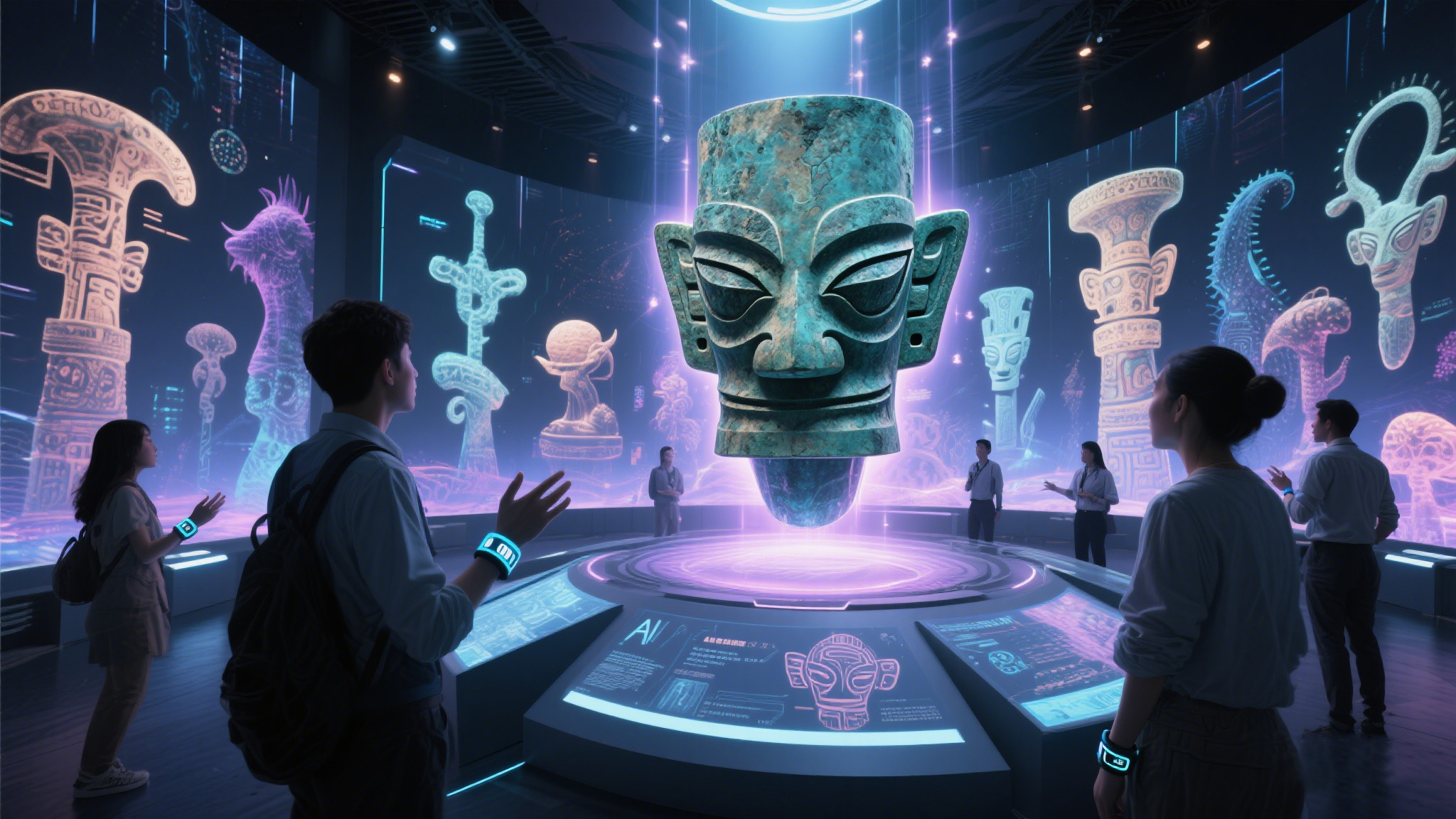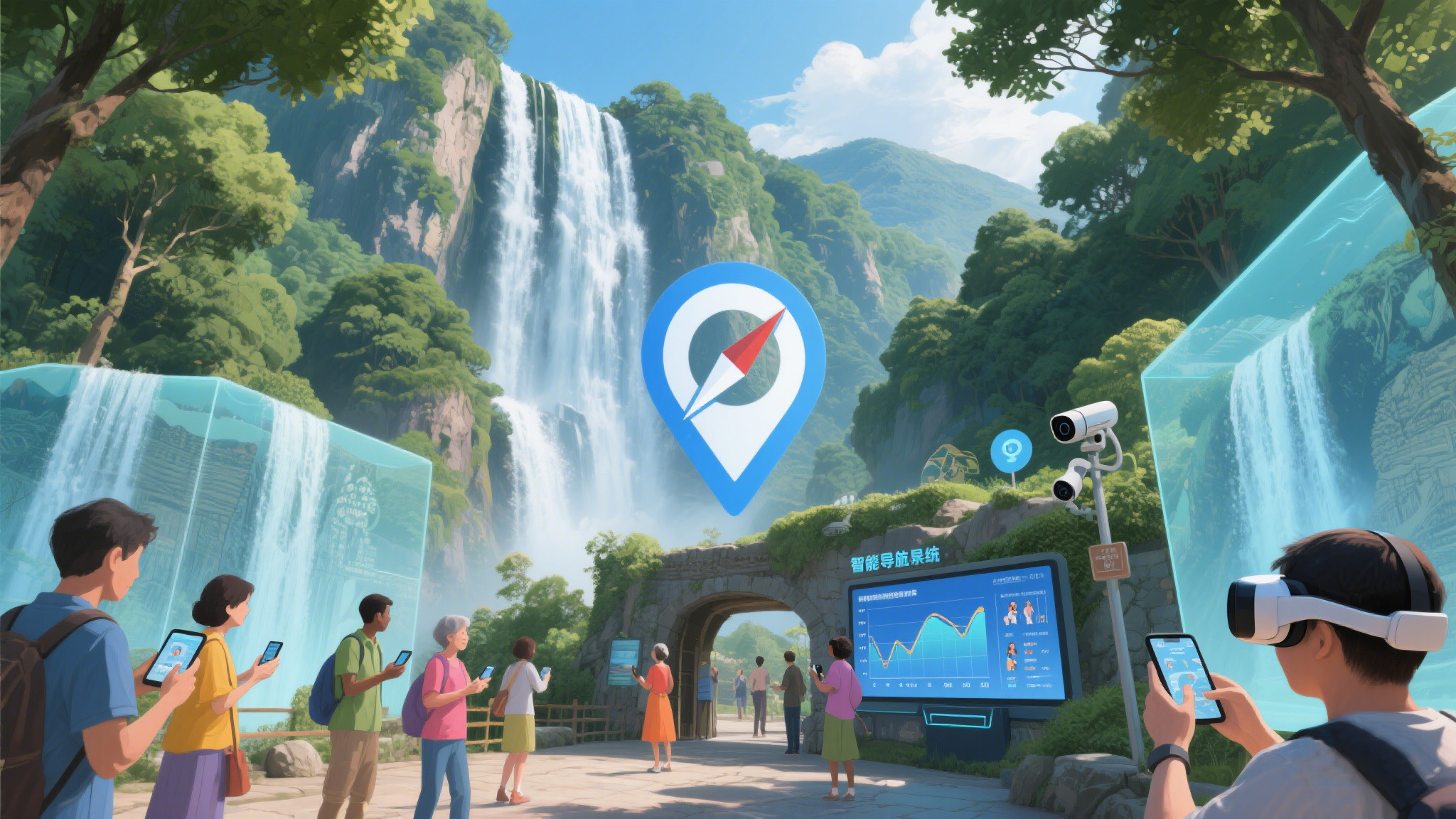The Transformative Role of AI in the Travel Industry
C 2025-05-23
The travel industry, a cornerstone of global economic and cultural exchange, is undergoing a profound transformation driven by artificial intelligence (AI).
Brief introduction
The travel industry, a cornerstone of global economic and cultural exchange, is undergoing a profound transformation driven by artificial intelligence (AI). As travelers demand more personalized, efficient, and sustainable experiences, AI has emerged as a critical enabler of innovation. From streamlining operations to enhancing customer satisfaction, AI is reshaping every facet of tourism, creating a future where technology and human-centric service coexist seamlessly.
Hyper-Personalized Travel Experiences
AI-powered recommendation systems analyze vast datasets—including browsing history, social media activity, and past bookings—to curate tailored travel itineraries. Platforms like Airbnb and Booking.com leverage machine learning to suggest accommodations aligned with user preferences, while apps such as Hopper predict optimal booking times for flights and hotels. Virtual assistants like chatbots go beyond generic responses, offering real-time advice on local attractions, weather-appropriate attire, or dietary options based on individual profiles. For instance, Japan’s Henn na Hotel uses AI-driven robots to greet guests in multiple languages, adapting interactions to cultural nuances.

Operational Efficiency and Cost Optimization
Behind the scenes, AI optimizes resource allocation and reduces overheads. Airlines employ predictive analytics to adjust ticket prices dynamically, balancing demand and capacity. Hotels use AI for energy management, with systems like Siemens’ Navigator adjusting room temperatures based on occupancy patterns, cutting energy costs by up to 25%. Fraud detection algorithms scrutinize payment transactions, minimizing financial risks for businesses. Moreover, AI automates repetitive tasks—such as processing visas or generating invoices—freeing staff to focus on complex customer needs.
Sustainable Tourism and Environmental Stewardship
As overtourism threatens destinations like Venice and Bali, AI offers solutions. Google’s Environmental Insights Explorer maps carbon footprints of travel routes, while apps like Toooora! recommend eco-friendly itineraries. Machine learning models predict tourist influxes, enabling authorities to manage crowd control and preserve cultural sites. KLM Royal Dutch Airlines uses AI to optimize flight paths, reducing fuel consumption and emissions. Such innovations align with the growing demand for responsible travel, ensuring destinations remain viable for future generations.

Enhanced Safety and Crisis Management
AI’s predictive capabilities mitigate risks in an industry vulnerable to disruptions. During the COVID-19 pandemic, tools like Cognizant’s Travel Intelli Platform analyzed infection rates and border policies to guide travelers. Facial recognition systems at airports, such as Dubai’s Smart Gates, expedite security checks while identifying potential threats. Natural language processing (NLP) monitors social media for emerging risks—from political unrest to natural disasters—enabling proactive responses. Insurtech companies like World Nomads deploy AI to assess real-time data, adjusting travel insurance coverage dynamically.
Democratizing Access and Bridging Language Barriers
AI breaks down linguistic and accessibility barriers. Real-time translation devices like Pocketalk allow travelers to communicate effortlessly in over 80 languages. Google Lens’s visual translation feature deciphers foreign menus or street signs instantly. For travelers with disabilities, AI-driven apps such as AccessNow map wheelchair-friendly routes, while voice-activated assistants in hotel rooms empower visually impaired guests. These tools foster inclusivity, making global exploration attainable for diverse demographics.
Challenges and Ethical Considerations
Despite its benefits, AI adoption raises concerns. Overreliance on algorithms risks depersonalizing travel, while data privacy breaches—such as unauthorized use of biometric information—remain a threat. Bias in training datasets could marginalize underrepresented traveler groups. Moreover, job displacement in traditional roles like travel agencies demands reskilling initiatives. Addressing these issues requires transparent AI governance and human-AI collaboration frameworks.

Conclusion
AI is not merely a tool but a paradigm shift in how we explore the world. By blending efficiency with empathy, it empowers businesses to anticipate needs, protect ecosystems, and deliver unforgettable journeys. As the industry evolves, the synergy between AI’s analytical prowess and human creativity will define the next era of travel—one where technology serves as a bridge to deeper cultural connections and more meaningful adventures. The future of tourism lies in harnessing AI responsibly, ensuring it remains a force for inclusivity, sustainability, and wonder.
Over 10,000 users are consulting. Click to apply for a trial.
iso25745电梯节能证书,重庆电梯节能有限公司,电梯节能 采购,pfe电梯节能装置,电梯节能减排,电梯节能问题,电梯节能设计,手扶电梯节能模式,电梯节能模式,电梯节能制度,电梯节能标准,电梯节能器,电梯节能装置价格,电梯节能降耗的措施有哪些,电梯节能管理,电梯节能项目,电梯节能产品,电梯节能技术的应用,电梯节能行业,电梯节能设备厂家,电梯设备品牌,电梯运行管理节能措施,电梯节能技术应用,电梯节能技术分析,电梯节能技术服务供应商,电梯节能技术的作用,电梯智能双碳节能箱,山东电梯节能,广东电梯节能,辽宁电梯节能,河南电梯节能,江苏电梯节能,浙江电梯节能,湖南电梯节能,广西电梯节能,上海电梯节能,四川电梯节能,安徽电梯节能,北京电梯节能,湖北电梯节能,天津电梯节能,河北电梯节能,福建电梯节能,陕西电梯节能,山西电梯节能,广西电梯节能,江西电梯节能,新疆电梯节能,黑龙江电梯节能,贵州电梯节能,内蒙古电梯节能,甘肃电梯节能,吉林电梯节能,云南电梯节能,电梯节能措施有哪些,电梯节能等级,电梯节能改造,电梯节能的前提条件,电梯节能等级标准,电梯节能等级分类,电梯节能等级划分,电梯节能等级认证,电梯节能等级认证证书,电梯有效节能,节能型电梯,电梯节能改造方案,电梯节能改造公司,电梯节能改造技术,电梯节能改造效果,常见的电梯节能控制,电梯的节能措施,电梯的节能技术有哪些,电梯节能减排措施,电梯节能系统,电梯节能系统研究,电梯如何节能,电梯节能减排措施包括,电梯节能减排措施方案,电梯节能降耗管理办法,电梯如何节能减排,电梯节能技术的应用,电梯节能技术分析,电梯节能技术概述,电梯节能技术设计,电梯节能技术实际案列,电梯节能技术现状,国企电梯节能,物业电梯节能,政府电梯节能,电梯节能指标,电梯节能新方案,电梯节能产品,电梯节能新时代,电梯节能策略,电梯节能绿色出行,电梯节能新策略,电梯节能的意义,如何实现电梯节能,电梯节能挑战,电梯节能的工作原理,电梯节能的技术创新,电梯节能的优势分析,电梯节能与绿色环保,电梯节能的转变与挑战,电梯节能关键技术推广,如何实现电梯节能,电梯节能降低运行成本,电梯节能的环保效益,电梯节能降低碳排放,电梯节能环保,电梯节能省钱又环保,电梯节能攻略,云南电梯节能降耗方案,大理电梯节能设备改造,红河州电梯节能技术,玉溪市电梯节能技术,怒江州电梯运行管理节能措施,云南电梯节能技术,电梯节能技术的作用,电梯节能技术服务供应商,电梯运行管理节能措施,节能电梯及控制方式的技术要点,节能电梯怎么节能,电梯节能技术的应用领域,电梯节能设备包括哪些,电梯节能方案设计,电梯节能技术的发展前景,电梯节能降耗方案,电梯节能箱是什么,电梯节能箱的作用,电梯节能改造效果,电梯节能回馈装置,电梯节能回馈装置的优点,国企电梯节能方案,电梯有效节能,电梯有效可行的节能措施,电梯运行管理的节能措施,电梯节能控制措施,常见的电梯节能控制技术,电梯节能技术服务供应商,电梯的节能,电梯节能率,电梯节能管理,东芝电梯节能,商场电梯节能,事业单位电梯节能,政府机构电梯节能,机关单位电梯节能,电梯节能政策,电梯节能资讯,电梯节能新闻,电梯节能案例,电梯节能应用,电梯节能特性,节能环保电梯,电梯怎么节能,电梯节能灯,电梯节能牌,日立电梯节能,电梯节能化,电梯分区节能,轿厢电梯节能,永大电梯节能,节能家用电梯,电梯节能感应,电梯安全节能,电梯安全节能管理制度,变频节能电梯,电梯安全与节能,电梯节能补贴,节能电梯发展,超级电容节能电梯,节能电梯专利,电梯节能服务,电梯节能解决方案,电梯节能装备,别墅电梯节能,别墅节能电梯厂商,电梯节能管理制度,电梯待机节能,贝壳电梯节能,柘城节能电梯,电梯节能设施,电梯节能方法,电梯节能工具,电梯系统节能,洛阳节能电梯,电梯节能运行,屹立节能电梯,林州节能电梯,电梯变频节能,舞阳节能电梯,电梯节能论文,战略电梯节能,电梯节能专利,电梯节能厂商,酒店电梯节能设计,公司节能电梯价格,扶手电梯节能,节能电梯标志图









